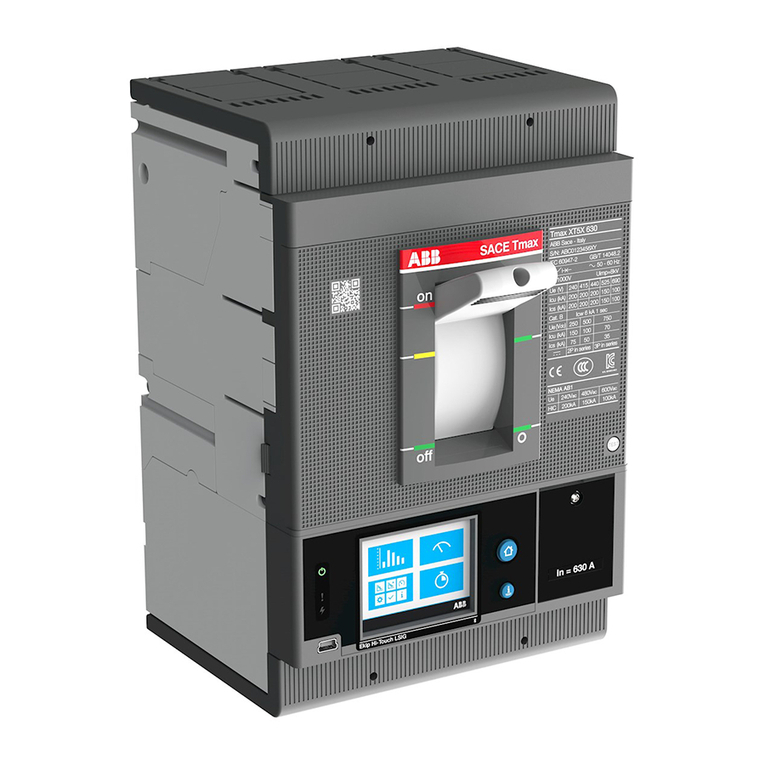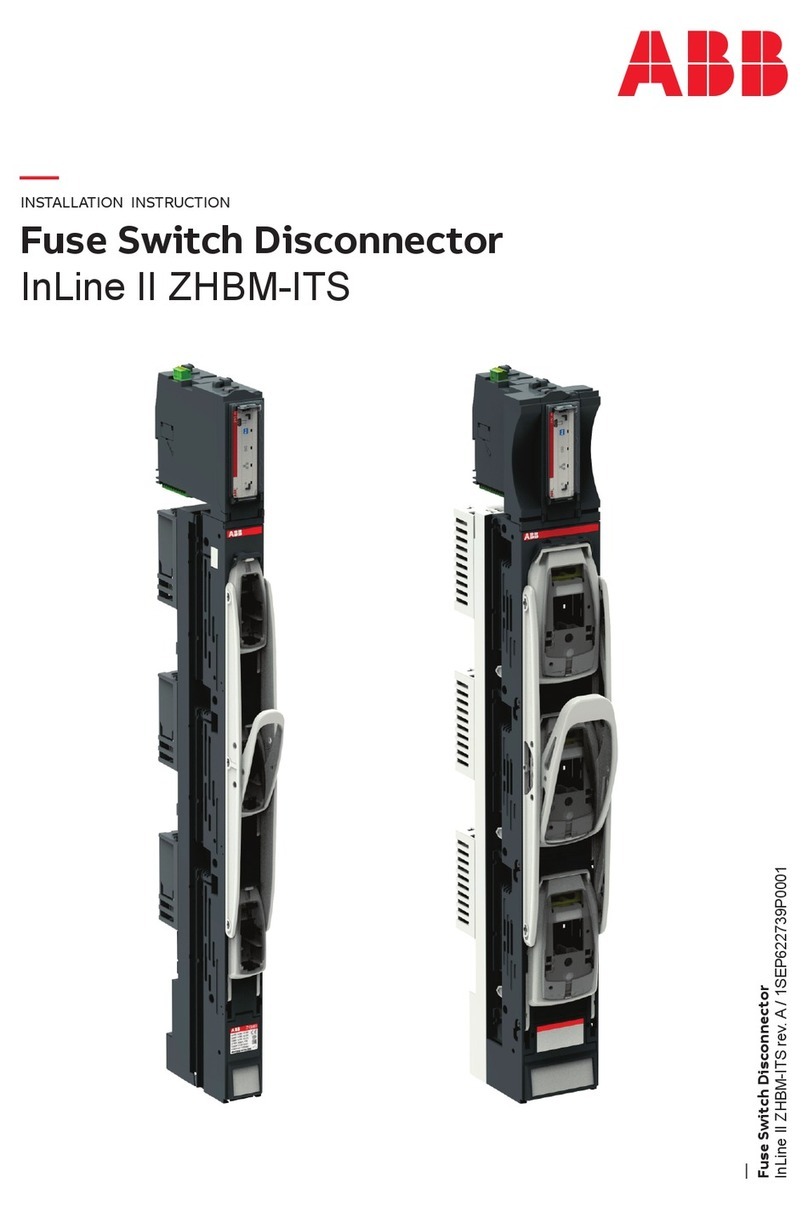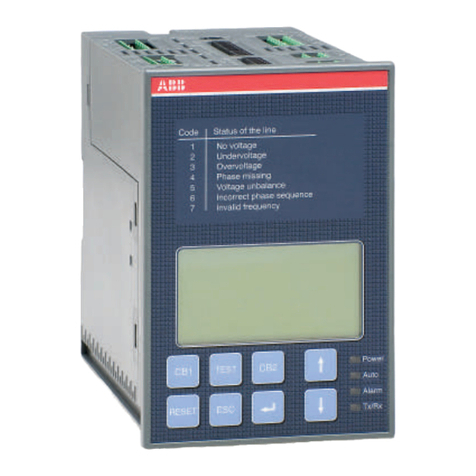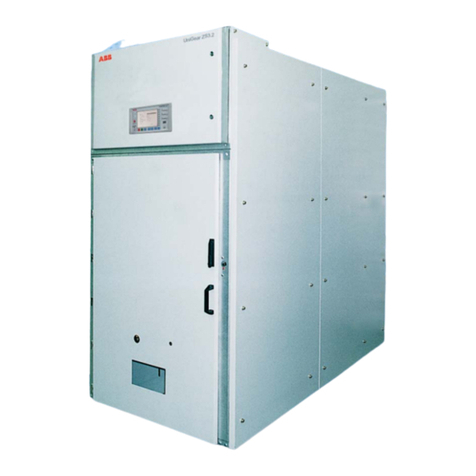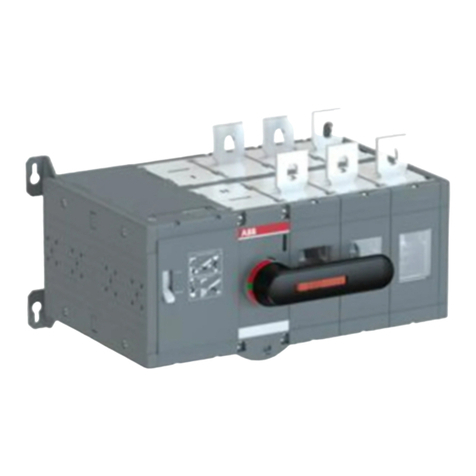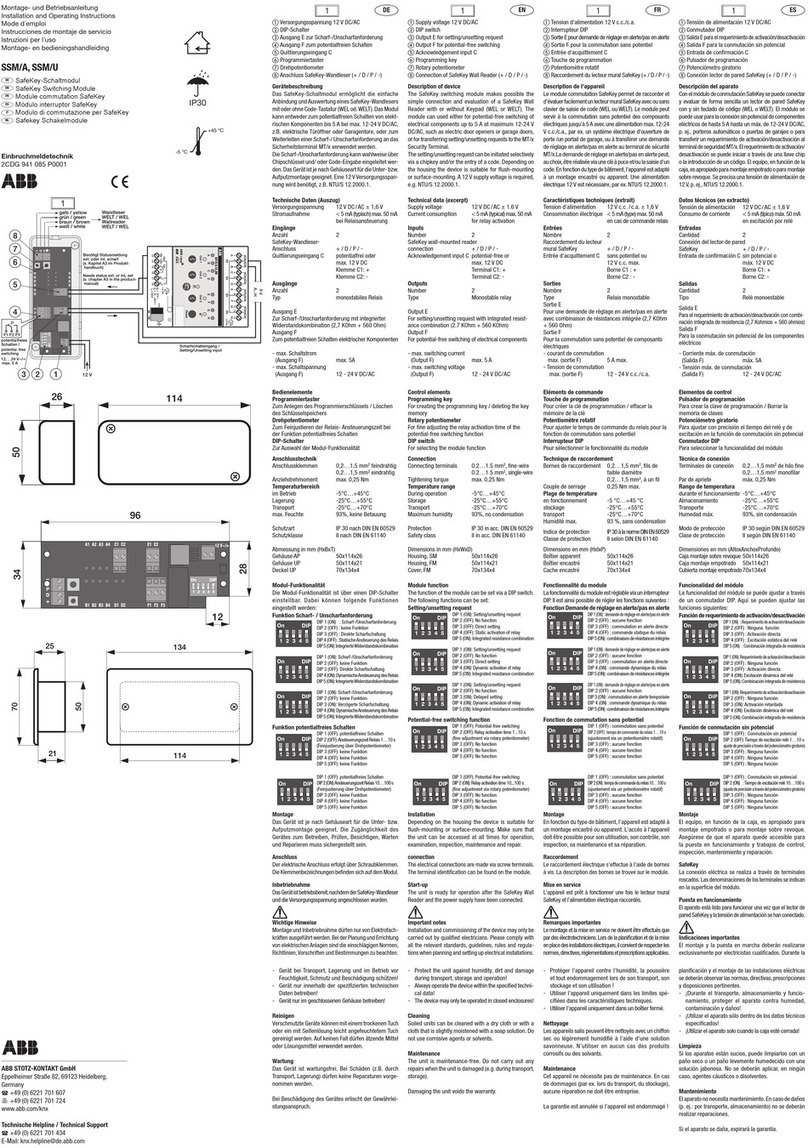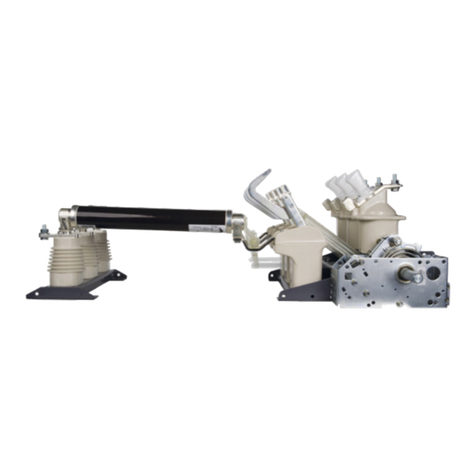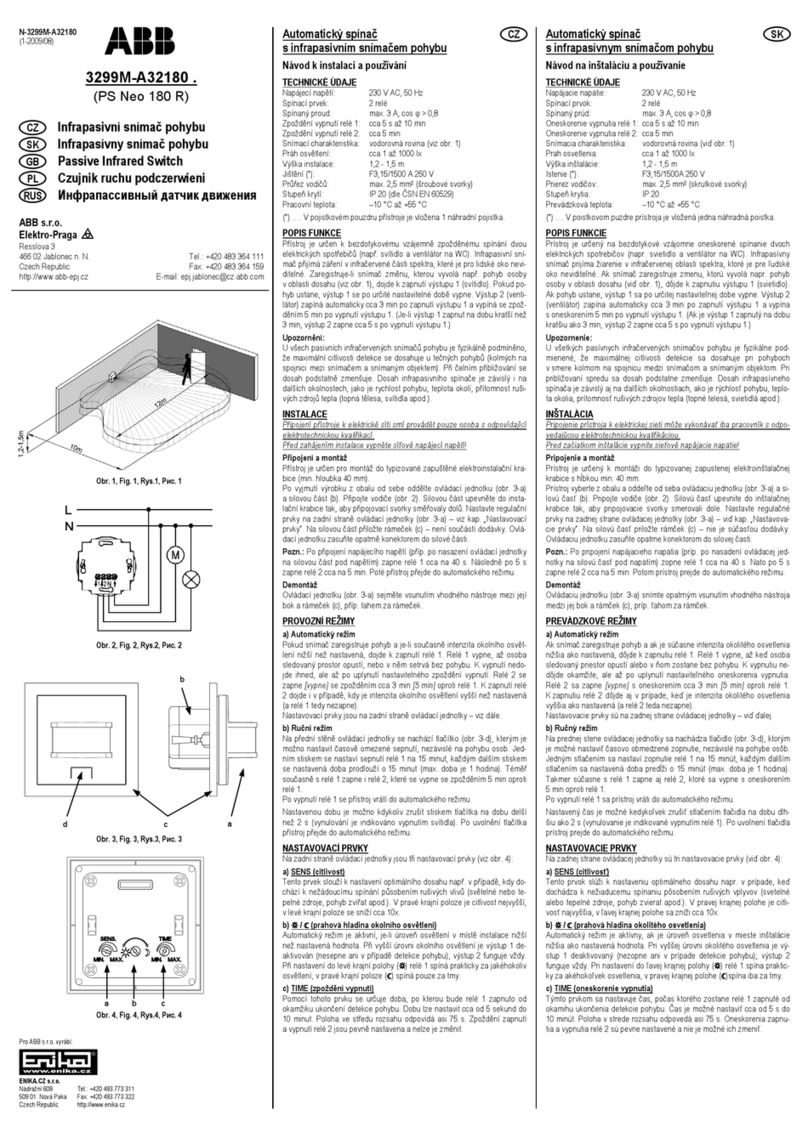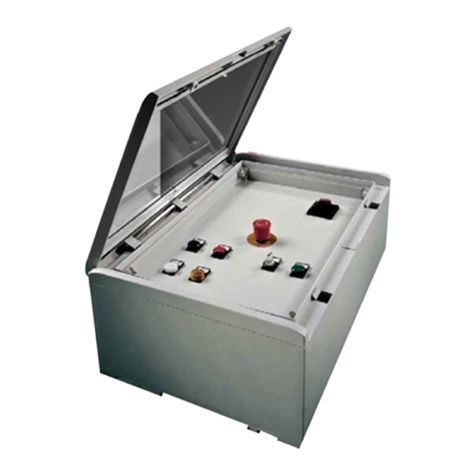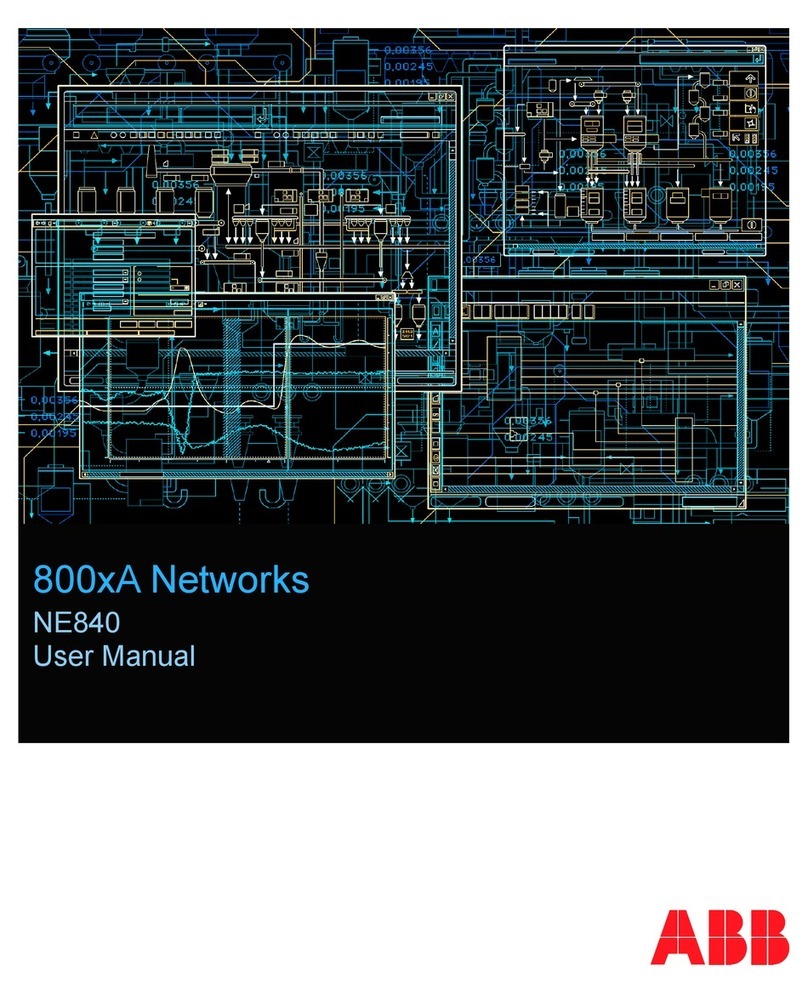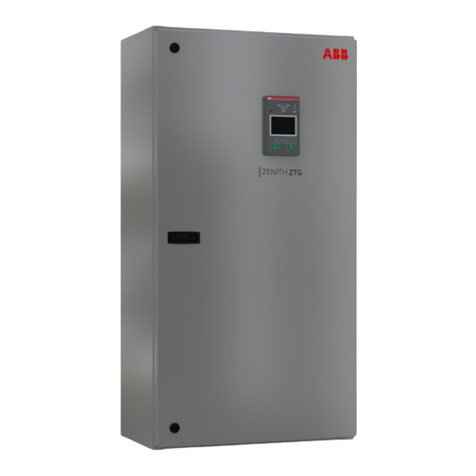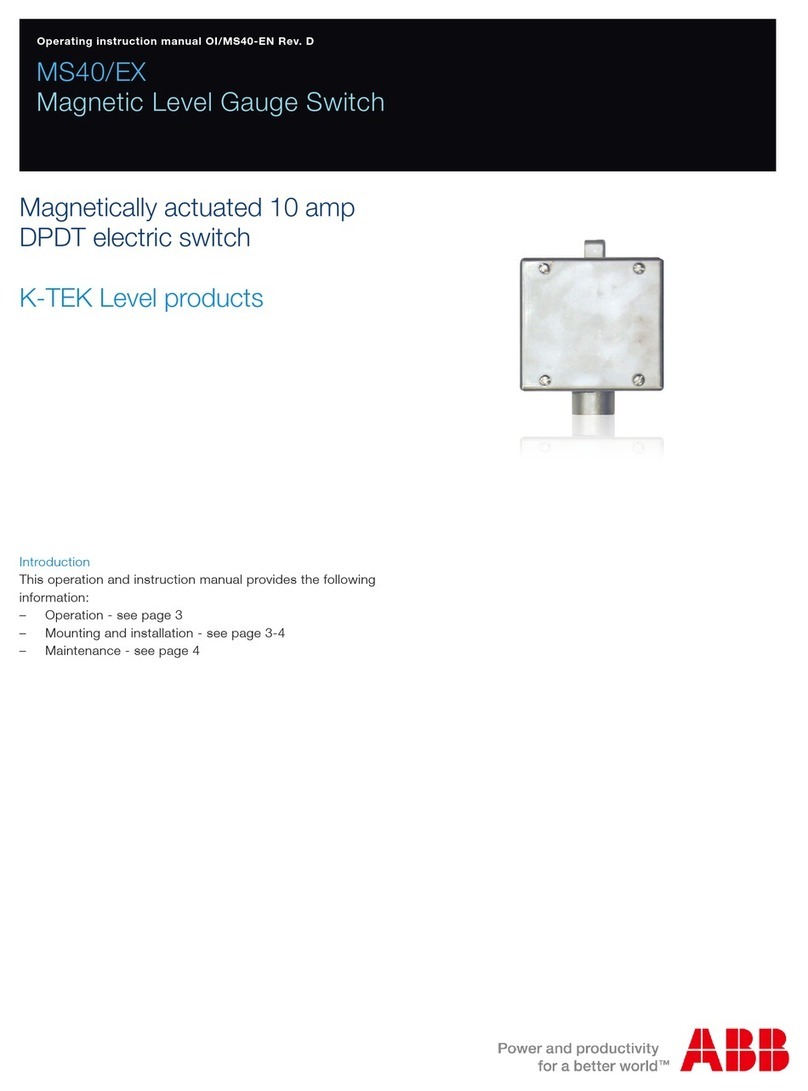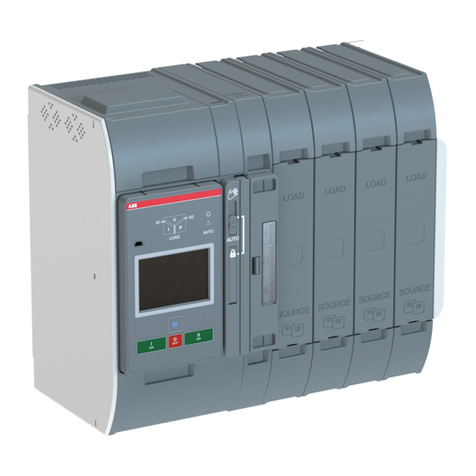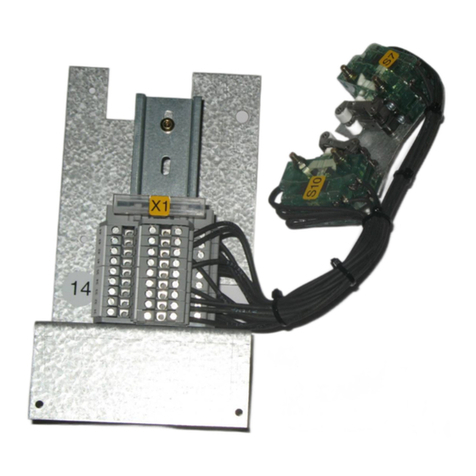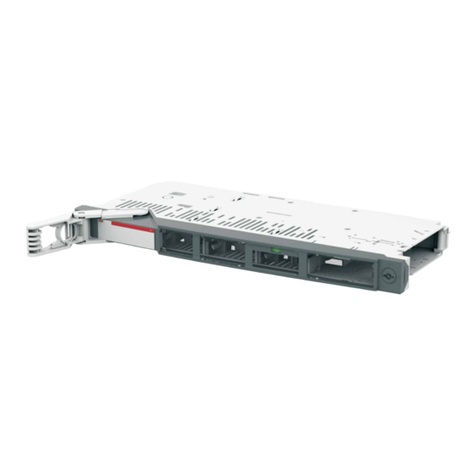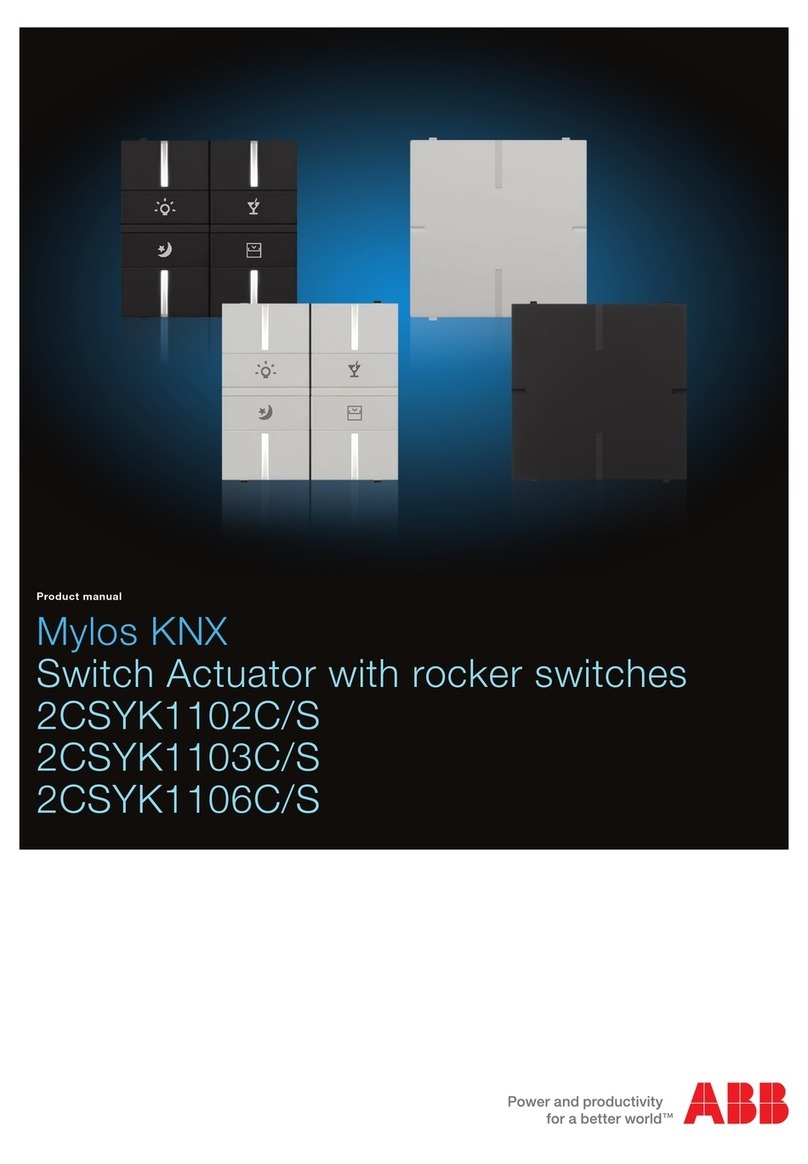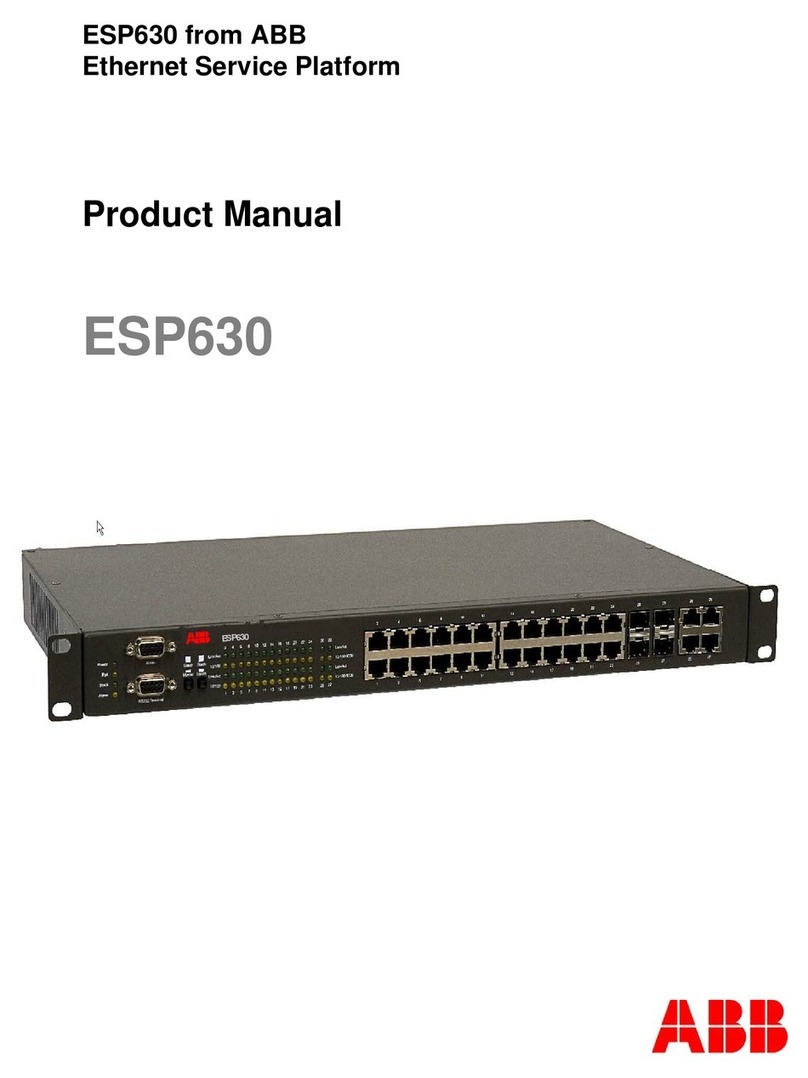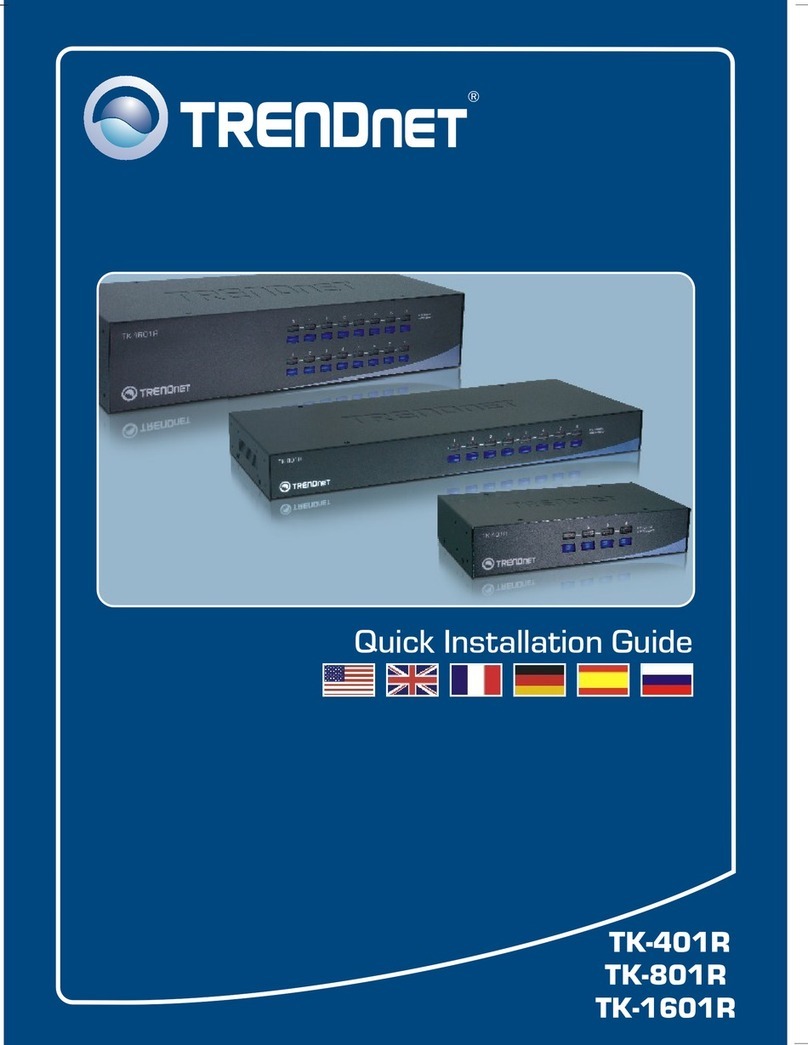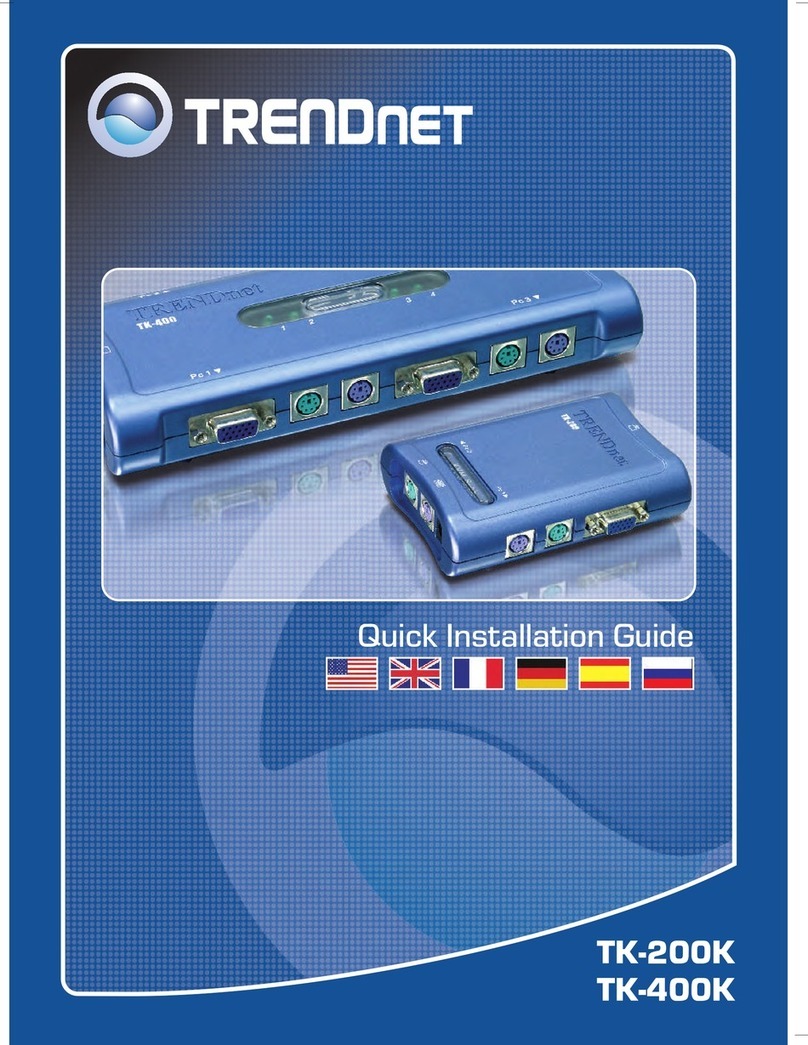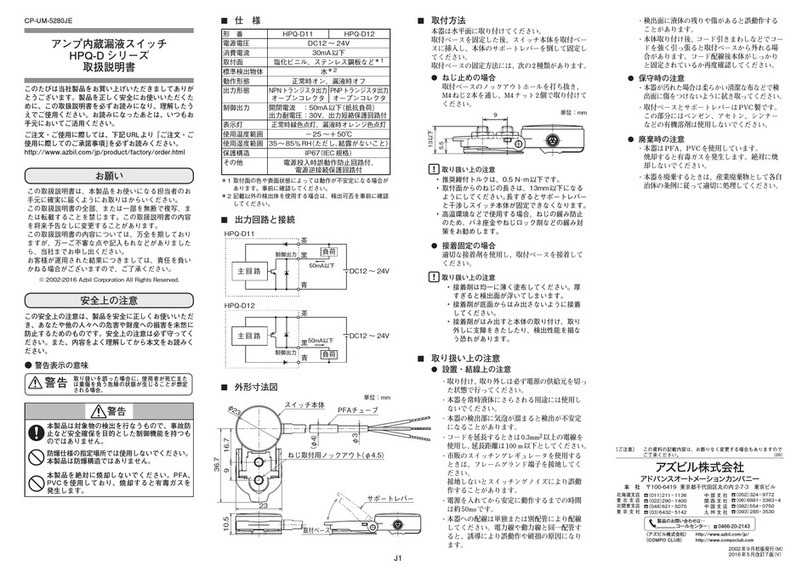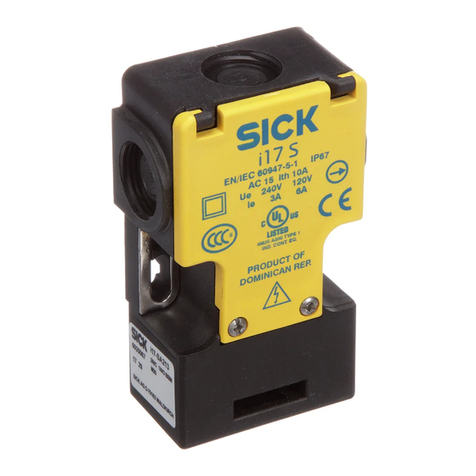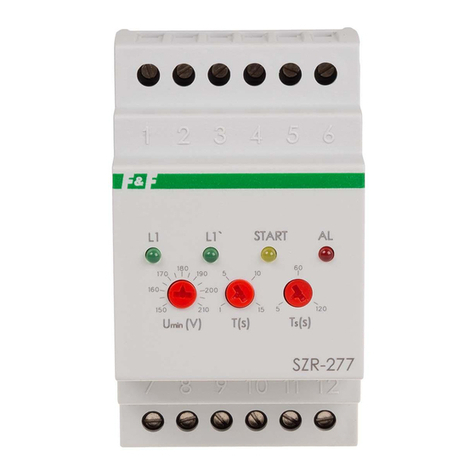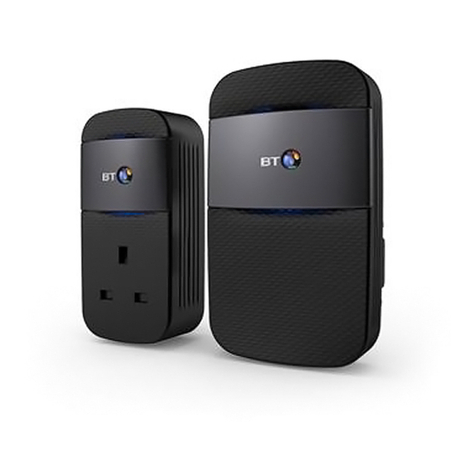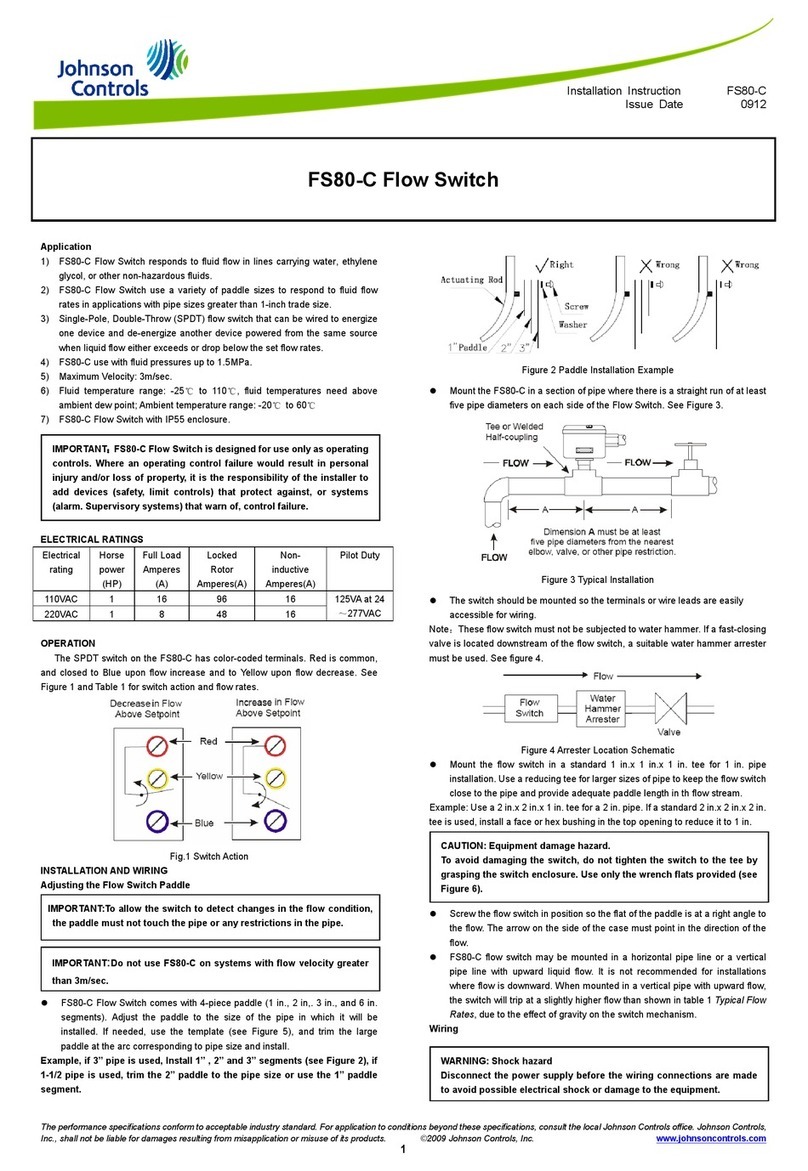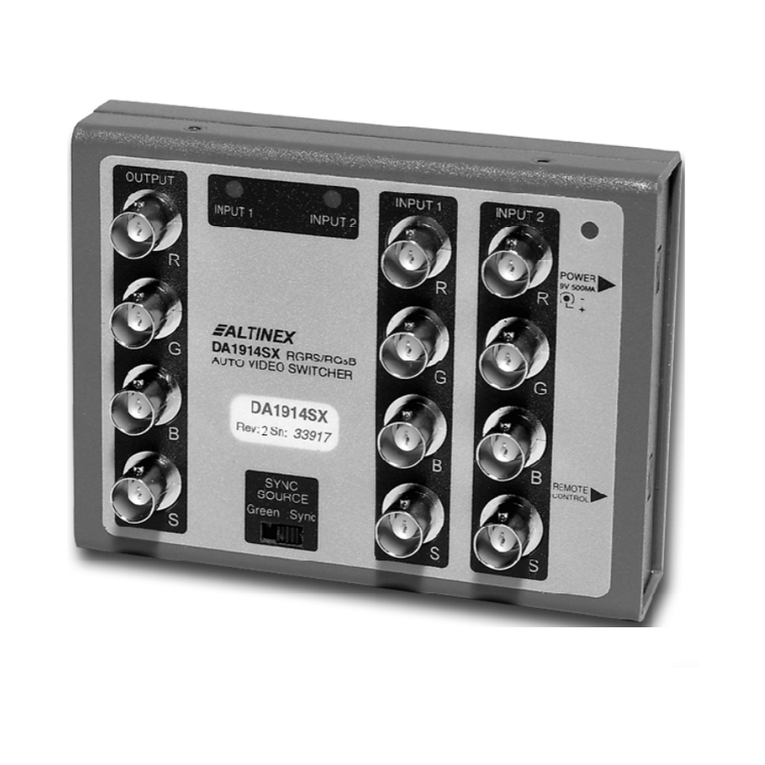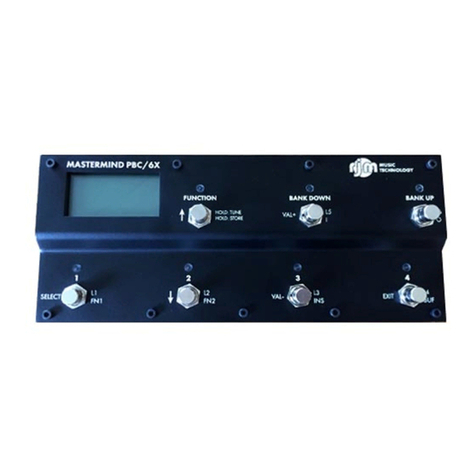
Installation and operating instructions, ATS021
3
1SDH000759R0002
Contents
Contents
1. Safety notes ....................................................................................................................... 4
2. Explanation of abbreviations and terms ......................................................................... 5
2.1. General information.......................................................................................................................5
2.2. Times.............................................................................................................................................5
3. Introduction........................................................................................................................ 6
3.1 Product overview...........................................................................................................................6
3.2 Application scenarios ..................................................................................................................7
4. Applications of device ATS021......................................................................................... 8
4.1 Main Line – Emergency Line switching .........................................................................................8
4.2 Main Line – Emergency generator Switching..............................................................................10
4.3 Automatic switching without inverse procedure .........................................................................11
4.4 Line Priority Selection.................................................................................................................11
5. Using the automatic transfer switch ............................................................................. 13
5.1 Interface.......................................................................................................................................13
5.2 LED indicators ............................................................................................................................. 14
5.3 Keypad keys................................................................................................................................ 15
5.4 Rotary selectors ......................................................................................................................... 16
5.4.1 Selector for setting operating mode, voltage limit threshold and operating logic ......................16
5.4.2 Selector for setting delay times Ts and Tbs ................................................................................18
5.5 Dip Switches ...............................................................................................................................19
5.1.1 Setting parameters by means of DIP switches ...........................................................................19
5.6 Using pushbuttons in manual mode ...........................................................................................21
5.7 Test Modes ..................................................................................................................................22
6. Input and output signals ................................................................................................. 23
6.1 Output signals ............................................................................................................................. 23
6.2 Input signals ............................................................................................................................... 24
7. Technical data.................................................................................................................. 26
8. Installation of device ATS021 ......................................................................................... 27
8.1. Door-mounted Automatic Transfer Switch ATS021.....................................................................27
8.2. DIN rail-mounted Automatic Transfer Switch ATS021.................................................................28
9. Regulatory standards...................................................................................................... 29
10. Troubleshooting............................................................................................................... 30
